Symplocarpus foetidus – Skunk Cabbage
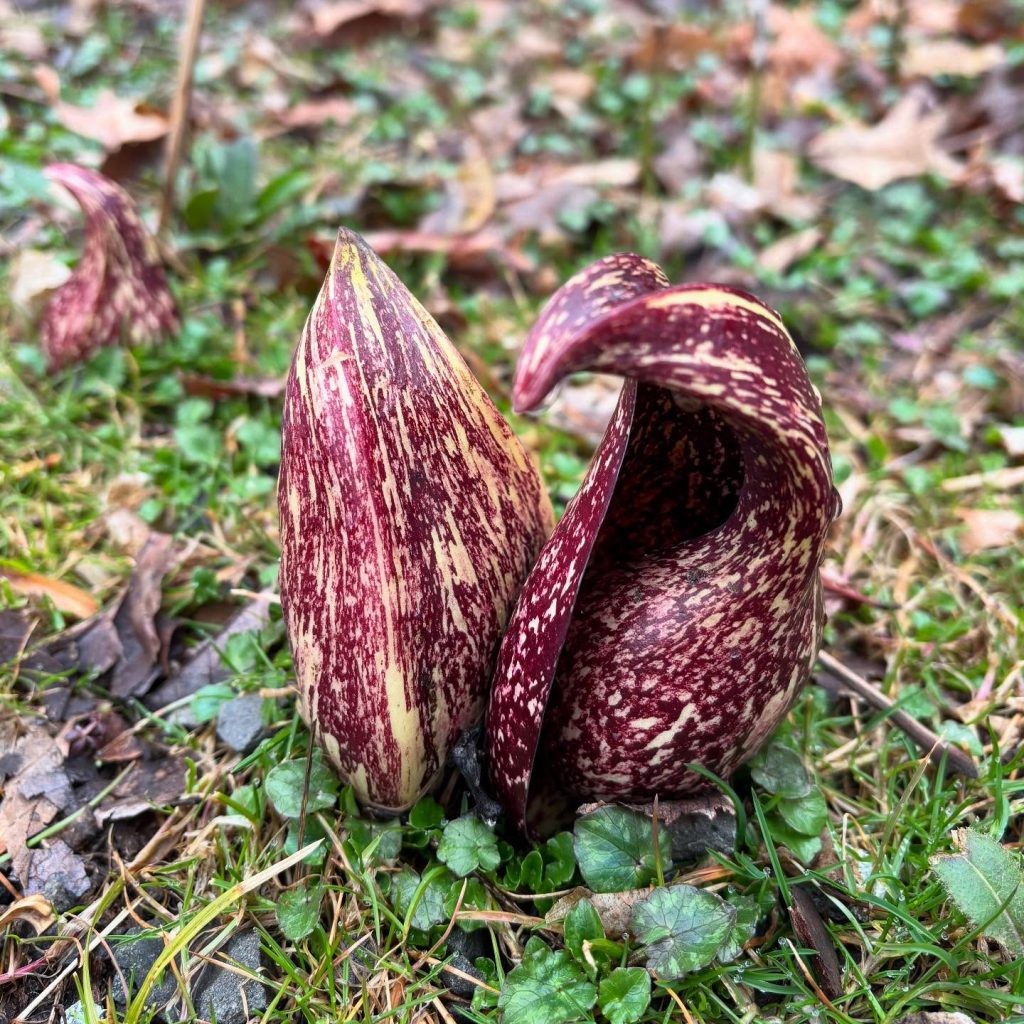
Skunk cabbage (Symplocarpus foetidus) is one of the first plants to appear in early spring. It is found in swamps and marshlands. Skunk cabbage starts off as a greenish or reddish leathery bract that holds circular flowers. Tightly coiled leaves appear in a week or two. Cutting or bruising the leaves cause a skunky smell. […]
Setaria faberi – Giant millet

Giant Millet (Setaria faberi) is an introduced plant from Asia that can be used as a grain. It is an annual that sets seed late summer- fall. Giant millet is a common weed of corn fields. It prefers full sun and compact soil that is high in nitrogen. Giant millet, also known as “Chinese foxtail”, […]
Malva neglecta – Common Mallow
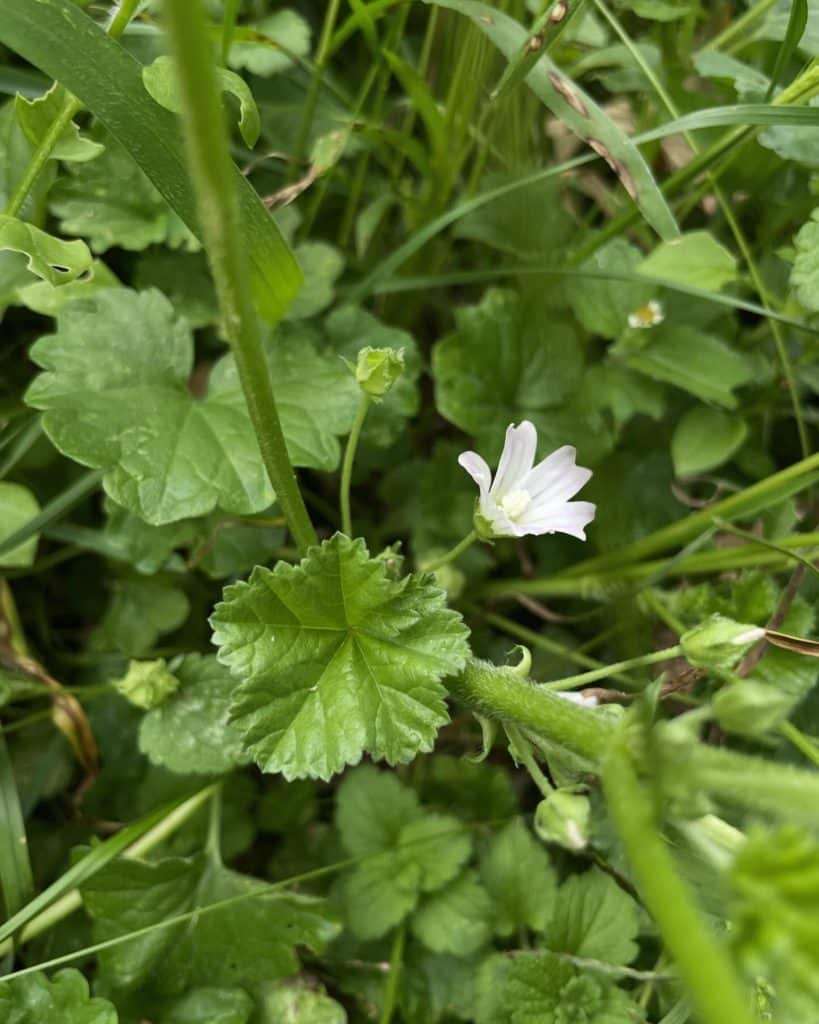
Common Mallow (Malva neglecta) is a non-native plant that is edible from root to tip. It can be found in disturbed areas that receive sun. Mallow leaves are ruffled and hairy. Flowers are lavender-colored and have five petals. The fruits look like miniature, flattened wheels of cheese. Mallow leaves, fruits, flowers, and taproots are edible. […]
Viburnum lantanoides – Hobblebush
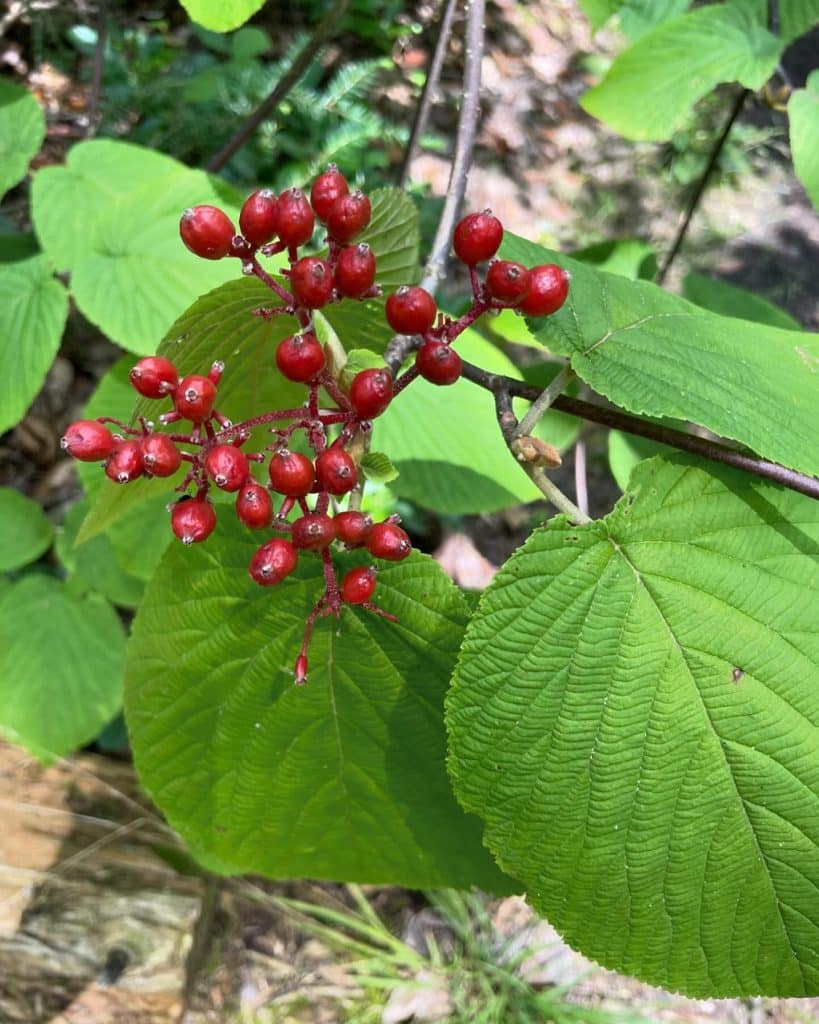
Hobblebush (Viburnum lantanoides) is a native shrub with edible berries. It can be found in rich, moist woodlands. The plant is very shade tolerant. Hobblebush grows particularly well along the Adirondacks where it can form dense patches. The plant produces clusters of flat-topped white flowers in the spring. Flowers become red berries that eventually ripen […]
Monarda didyma – Bee Balm
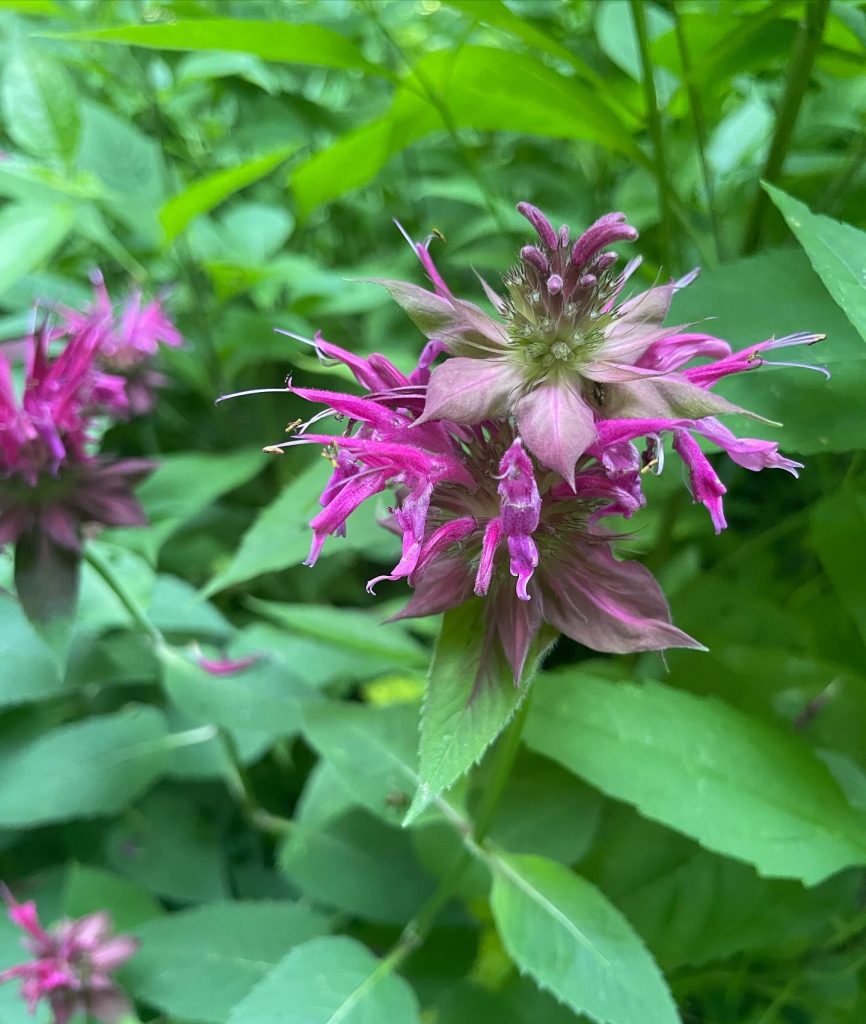
‘Raspberry wine’ bee balm (Monarda ‘Raspberry wine’) is a bee balm cultivar of the native Monarda didyma. Bee balm is named for the ability of its resin to sooth the pain from bee stings. It is a perennial with a history of edible and medicinal uses. Bee balm can be found in partial shade to […]
Portulaca oleracea – Purslane
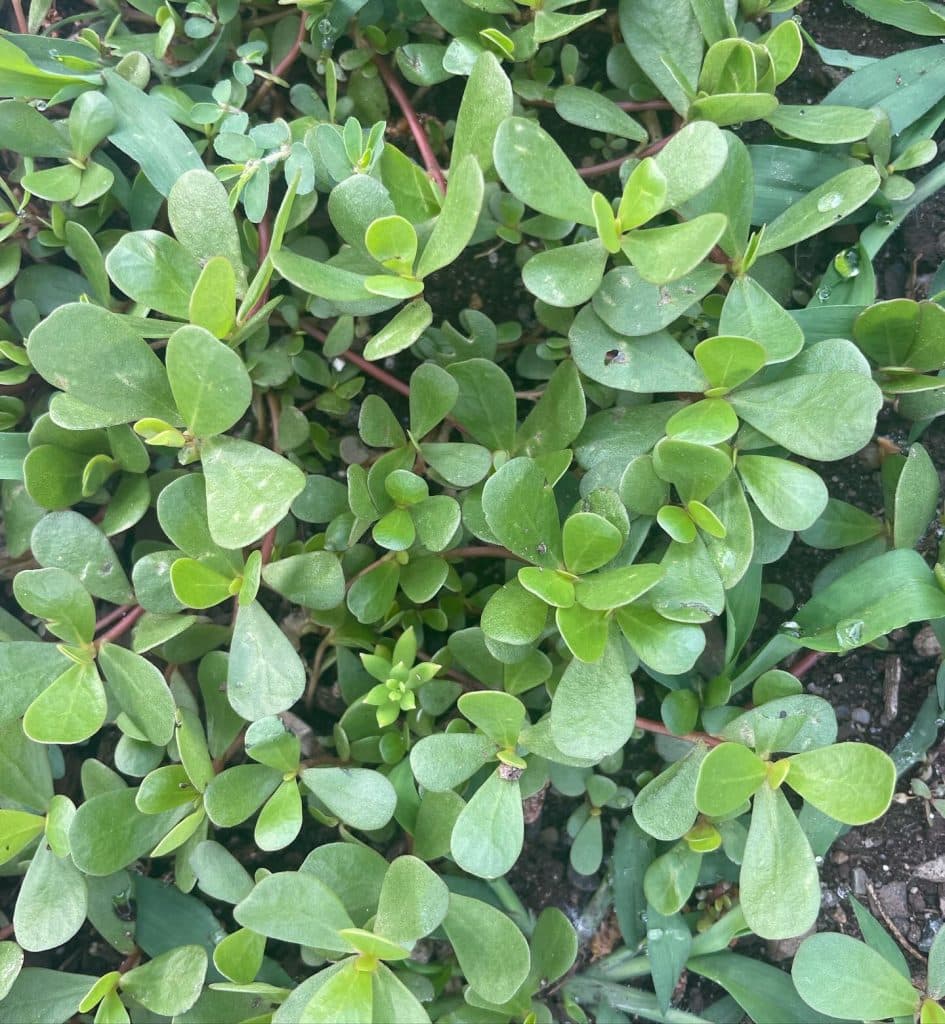
Purslane (Portulaca oleracea) is a non-native annual succulent with edible and medicinal uses. Purslane can be found in disturbed areas such as gardens and yards. Purslane grows from a central taproot and stays low to the ground. Stems are thick and succulent. They can be reddish or green. Leaves are alternate and spatula shaped. Flowers […]
Lysimachia nummularia – Creeping Jenny
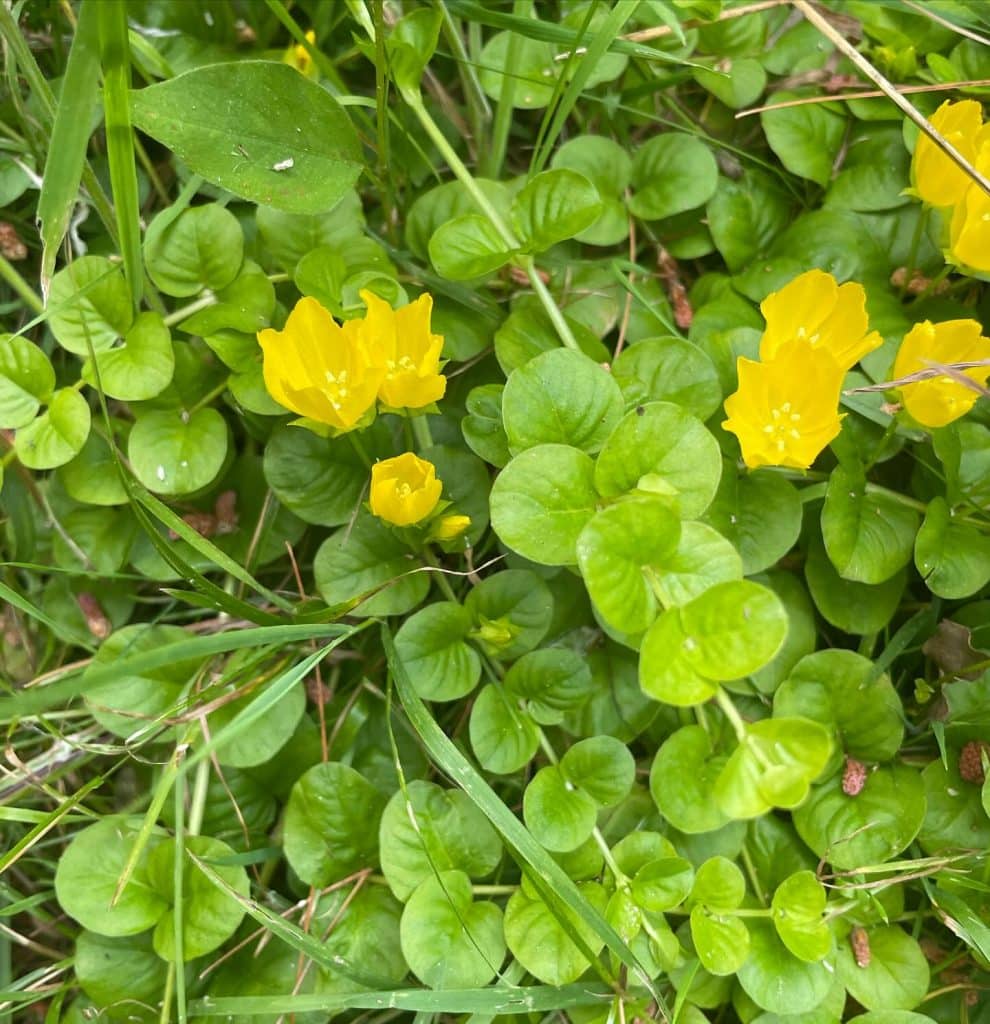
Creeping Jenny (Lysimachia nummularia) is an invasive plant with medicinal uses. It can be found in damp pastures and along sunny streams. Creeping Jenny, also known as moneywort, has opposite, rounded leaves that resemble coins. Flowers are bright yellow, and cup shaped. Flowers can be eaten raw. They have a taste reminiscent of cilantro. Creeping […]
Asclepias syriaca – Common Milkweed
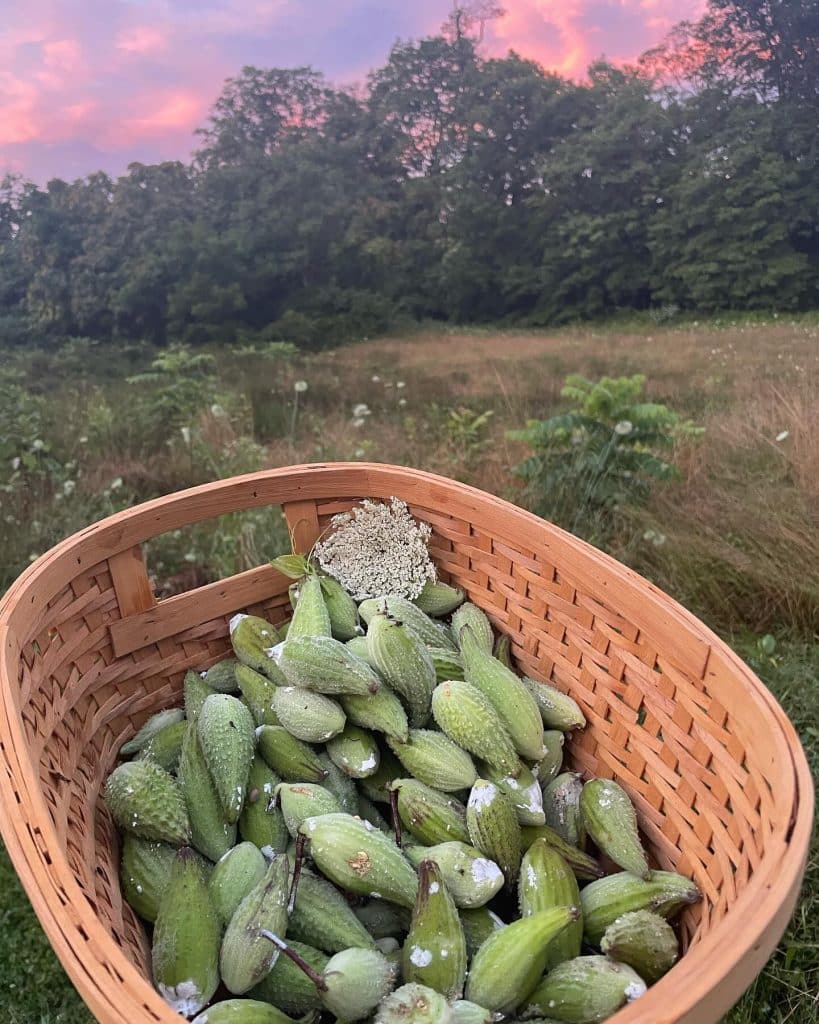
Common Milkweed (Asclepias syriaca) is a native perennial with multiple edible parts. Common milkweed can be found in meadows and fields which receive full sun. Leaves are opposite and oval-shaped with smooth edges. The stem is round and slightly fuzzy. It produces sap when broken. The pink flowers have five petals arranged in a […]
Lonicera japonica – Japanese Honeysuckle
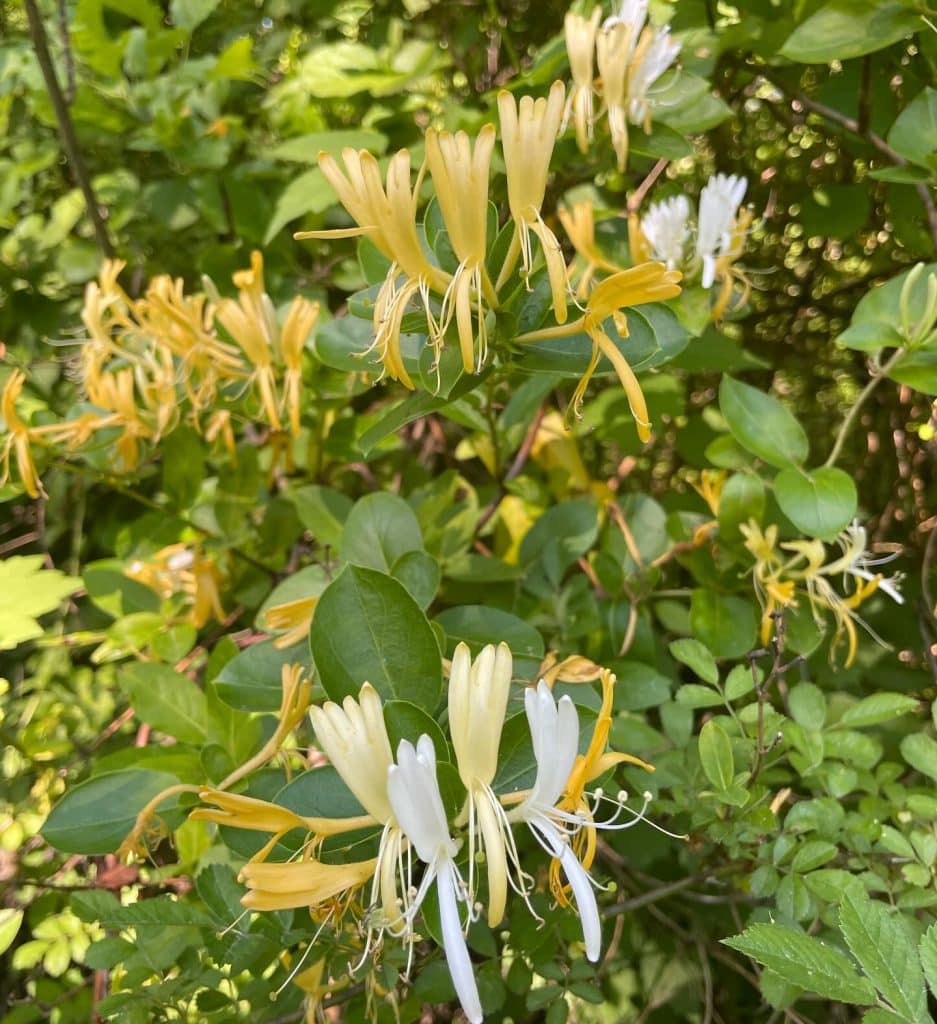
Japanese honeysuckle (Lonicera japonica) is an invasive vine. It has no predators in New England, which allows it to proliferate. The plant has edible and medicinal uses, as well as toxic parts. Japanese honeysuckle can be found in woodland clearings, meadows, and fences. Young vines are fuzzy. Older vines turn woody and brown. The […]
Trifolium pratense – Red Clover
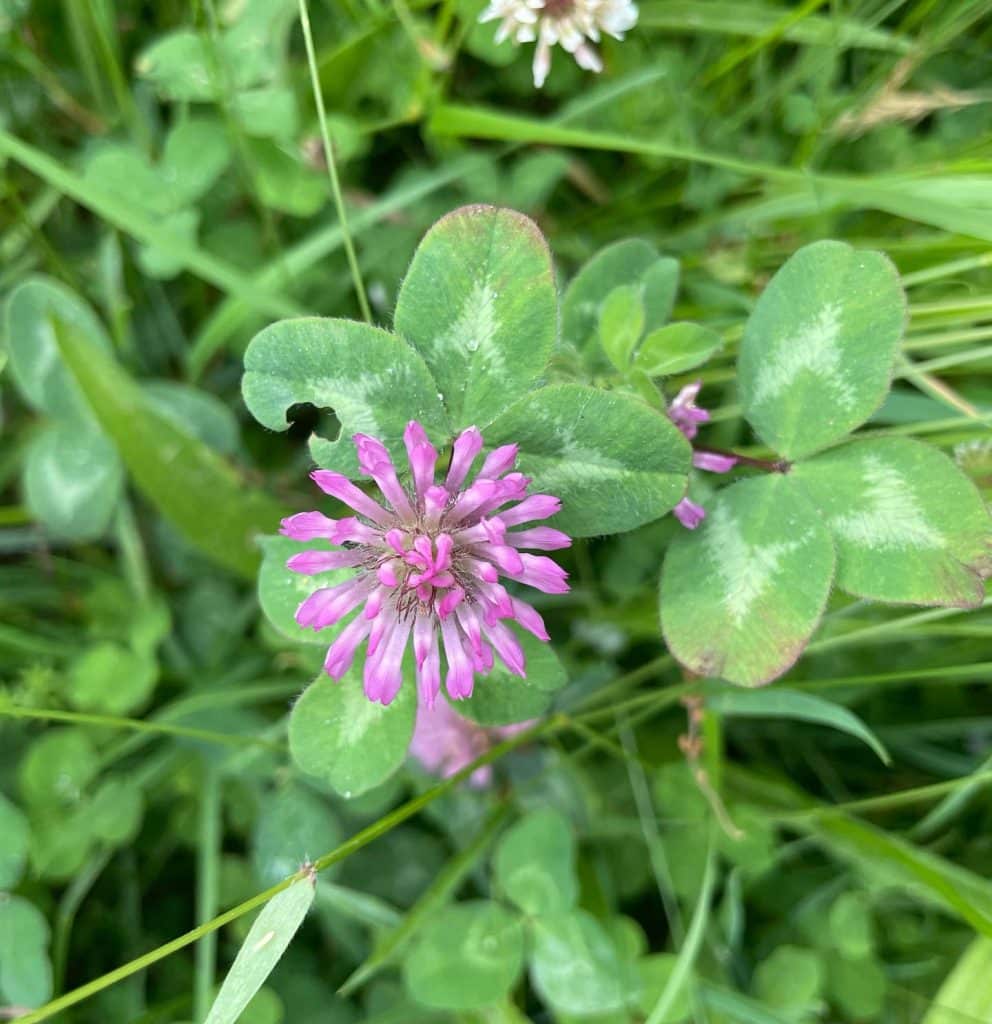
Red clover (Trifolium pratense) is an introduced perennial legume. Red clover can be found in lawns and meadows with partial to full sun. It can grow in low nitrogen and poorly drained soil. Being a legume, it can fix nitrogen in the soil for use by other plants. Red clover leaves consist of three […]
Wisteria spp. – Wisteria
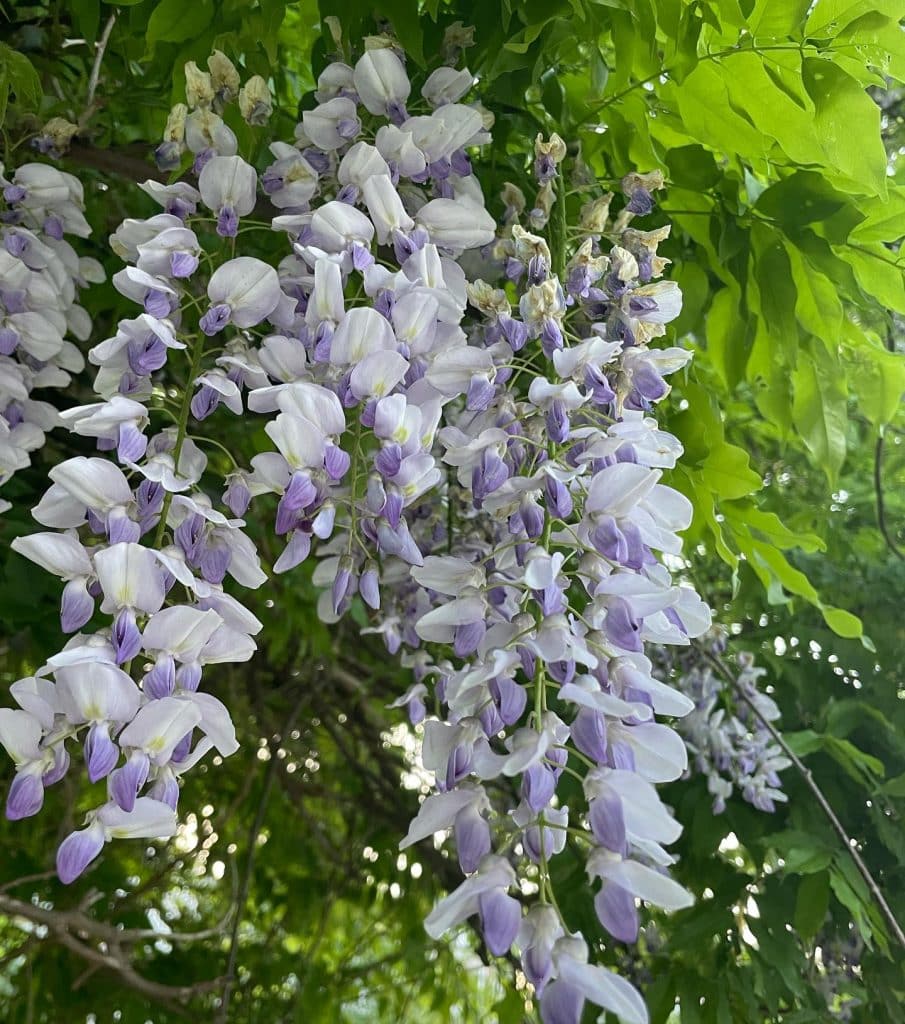
Wisteria (Wisteria spp.) is a genus of flowering vines in the legume family. There are both native (American wisteria) and invasive (Chinese and Japanese wisteria) species of wisteria that can be found in CT. All wisteria flowers are edible and can be used interchangeably in recipes. Wisteria can be found in areas that receive […]
Geranium maculatum – Wild Geranium
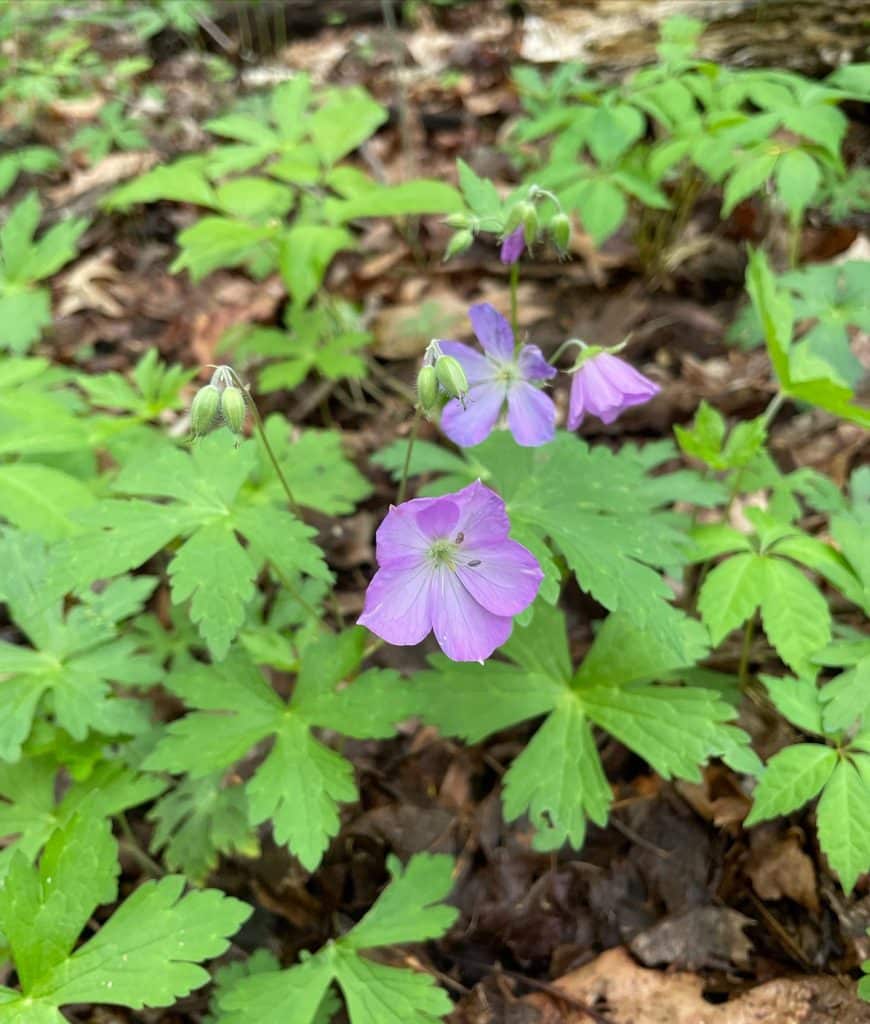
Wild geranium (Geranium maculatum) is a native perennial that blooms late spring to early summer. Wild geranium, also known as “Crane’s bill geranium” can be found growing in dense patches in deciduous woodlands and meadows. It can also be easily cultivated in partial shade to full sun. The plant has deeply lobed leaves with […]
Phytolacca americana – Pokeweed
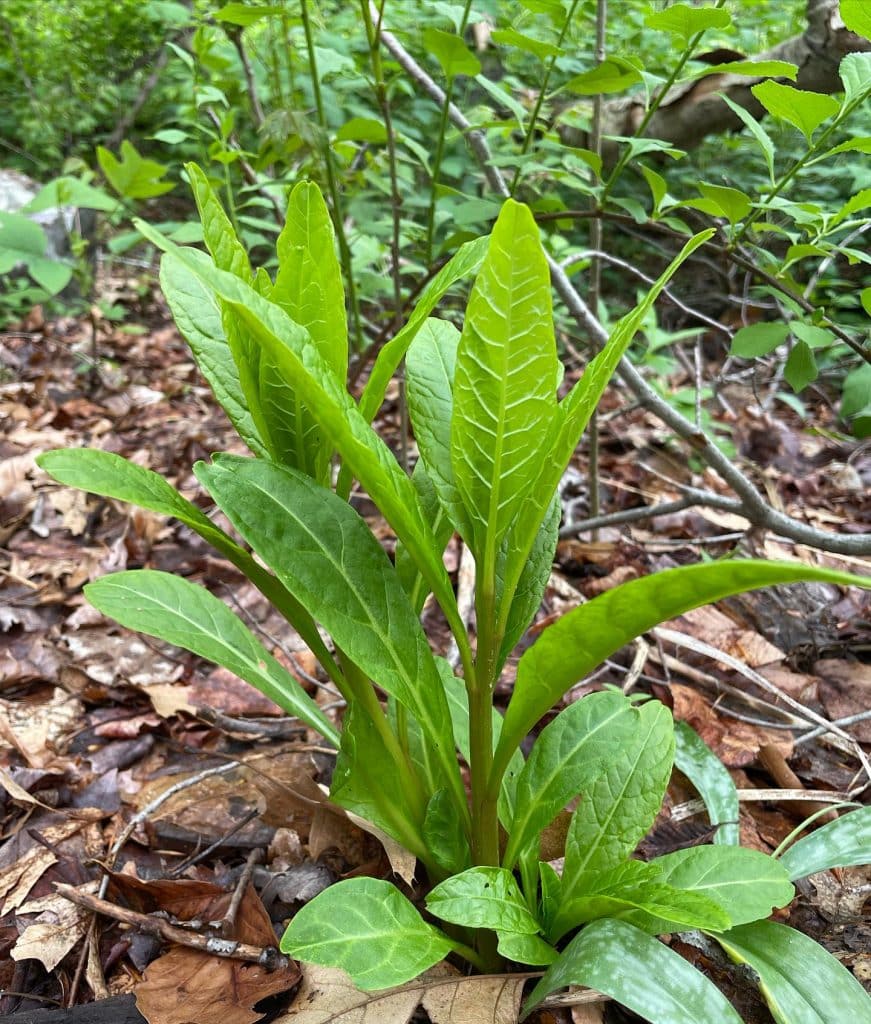
Pokeweed (Phytolacca americana) is a native perennial that is a traditional food of Native Americans and Southerners. Pokeweed can be found in fields, roadsides, and forest edges. It prefers disturbed soil in partial shade to full sun. Pokeweed starts to send up shoots in mid-spring. Shoots should only be harvested when they have tender, […]
Artemisia vulgaris L. – Mugwort
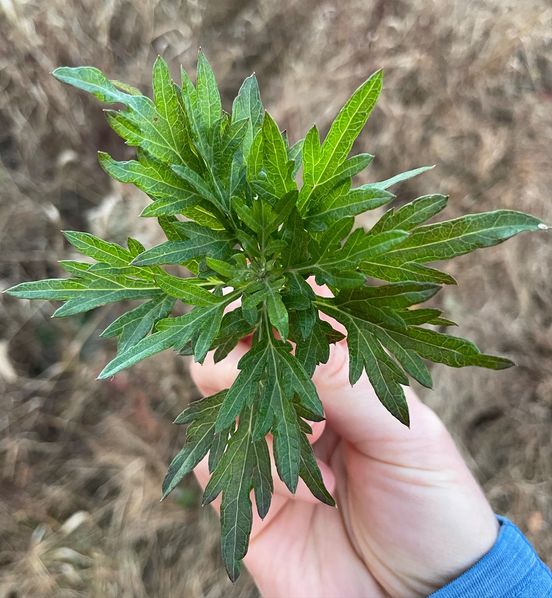
Mugwort (Artemisia vulgaris L.) is an invasive perennial plant that came from Europe. Mugwort can be found in fields, roadsides, and woodland edges that have partial to full sun. Its rhizomes exude a chemical that discourages growth of other plants. This allows mugwort to take over entire fields. Mugwort leaves have a green upper […]
Alliaria petiolata – Garlic Mustard
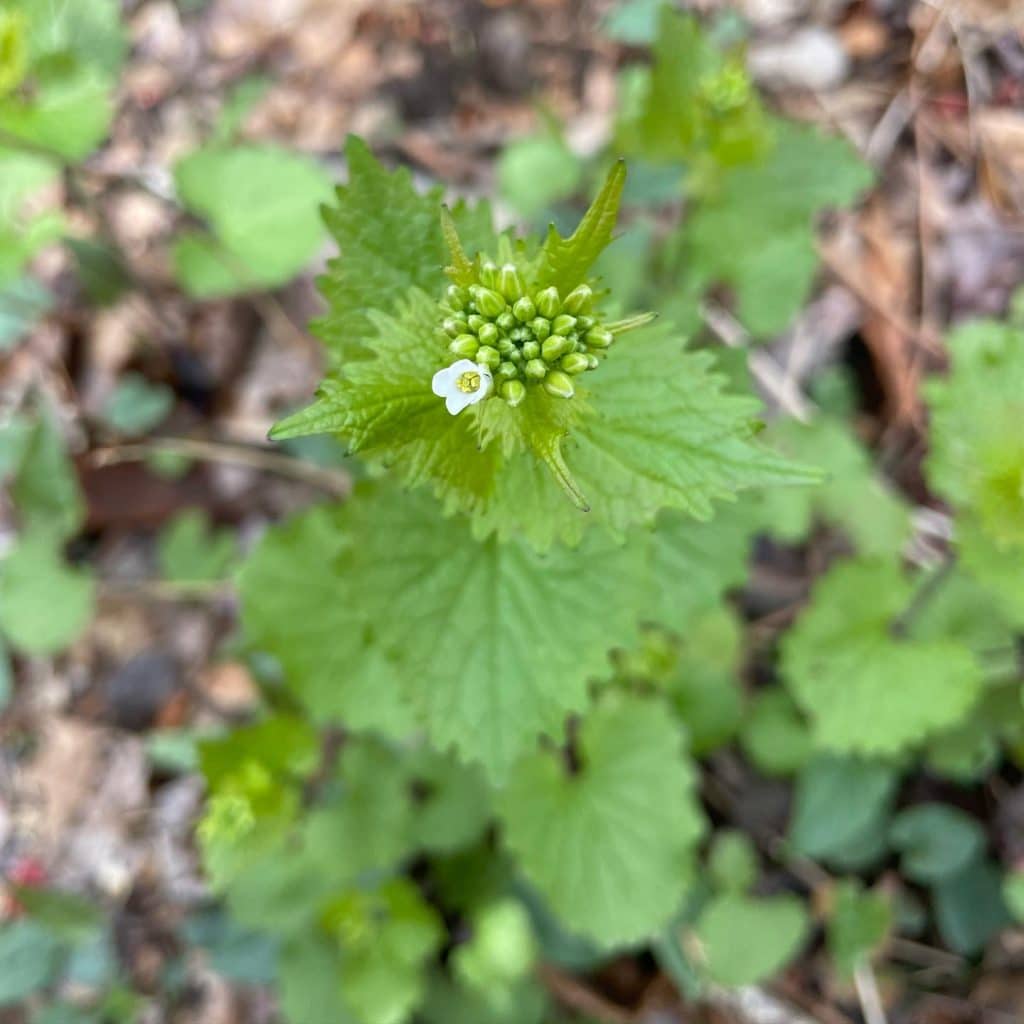
Garlic mustard (Alliaria petiolata) is an edible invasive plant in the mustard family. Garlic mustard can be found in human-disturbed areas, shaded field edges, and woodlands. It has the ability to take over woodlands and kill off 90% of all other herbaceous plants. Garlic mustard has no native predators and seeds can last up to […]
Magnolia spp. – Magnolia
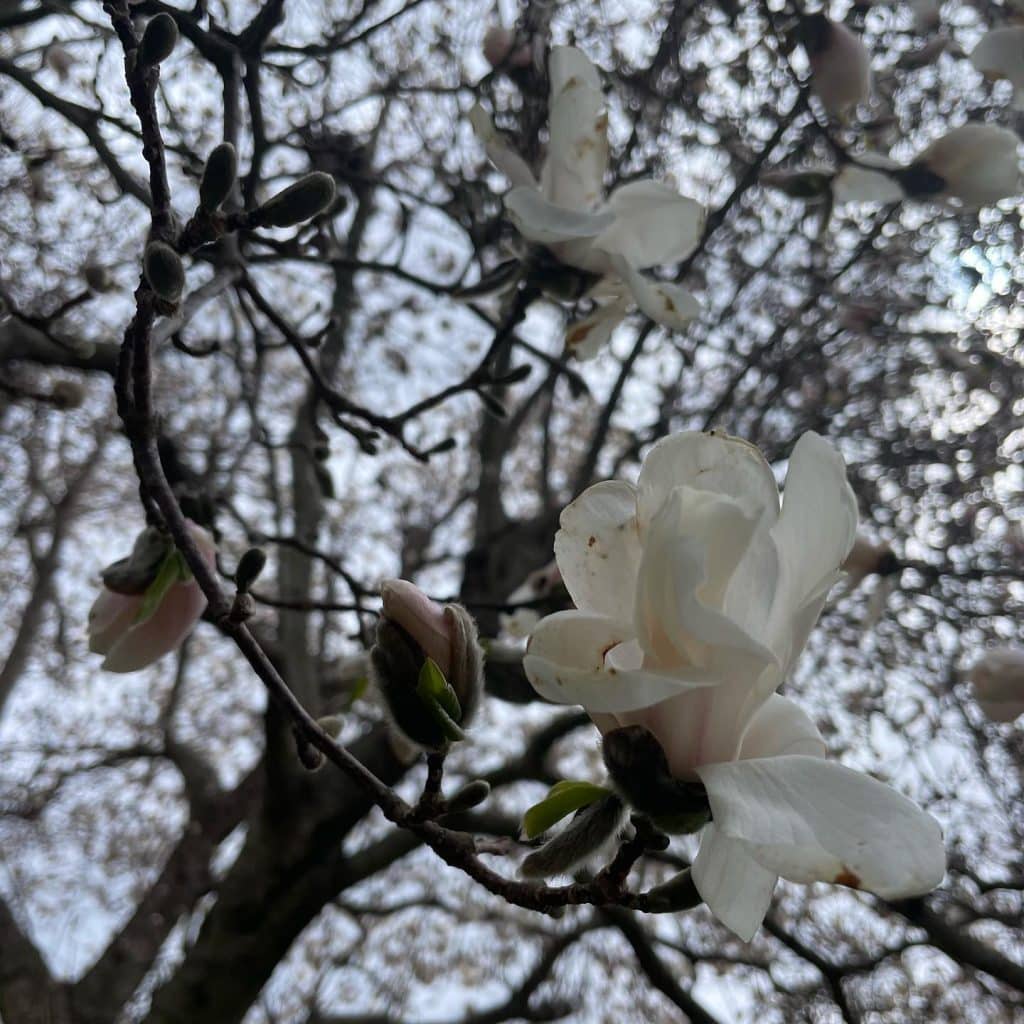
Magnolia (Magnolia spp.) is one of the first blossoms to appear in the spring. The flowers bloom for 1-3 weeks before the leaves appear. Magnolia is a genus of over 200 flowering plant species. Although some species are native to eastern North America and South America, most species are native to Asia. Magnolia can be […]
Salix babylonica – Weeping Willow
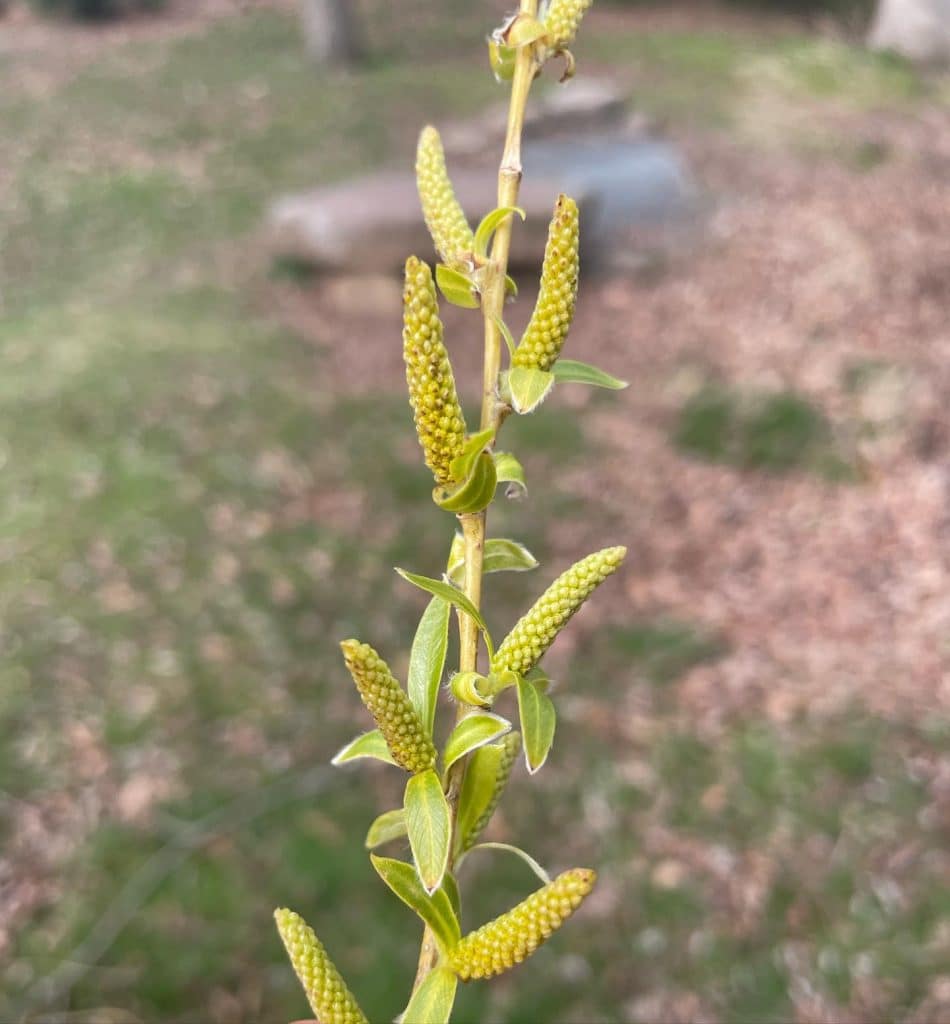
Weeping Willow (Salix babylonica) is an edible and medicinal tree that came from Northern China. Willows are one of the first trees to bud in early spring. They can be found growing near water in full sun. Willows often form many small trunks due to their salicylic acid content which acts as a natural […]
Heracleum maximum – Cow parsnip
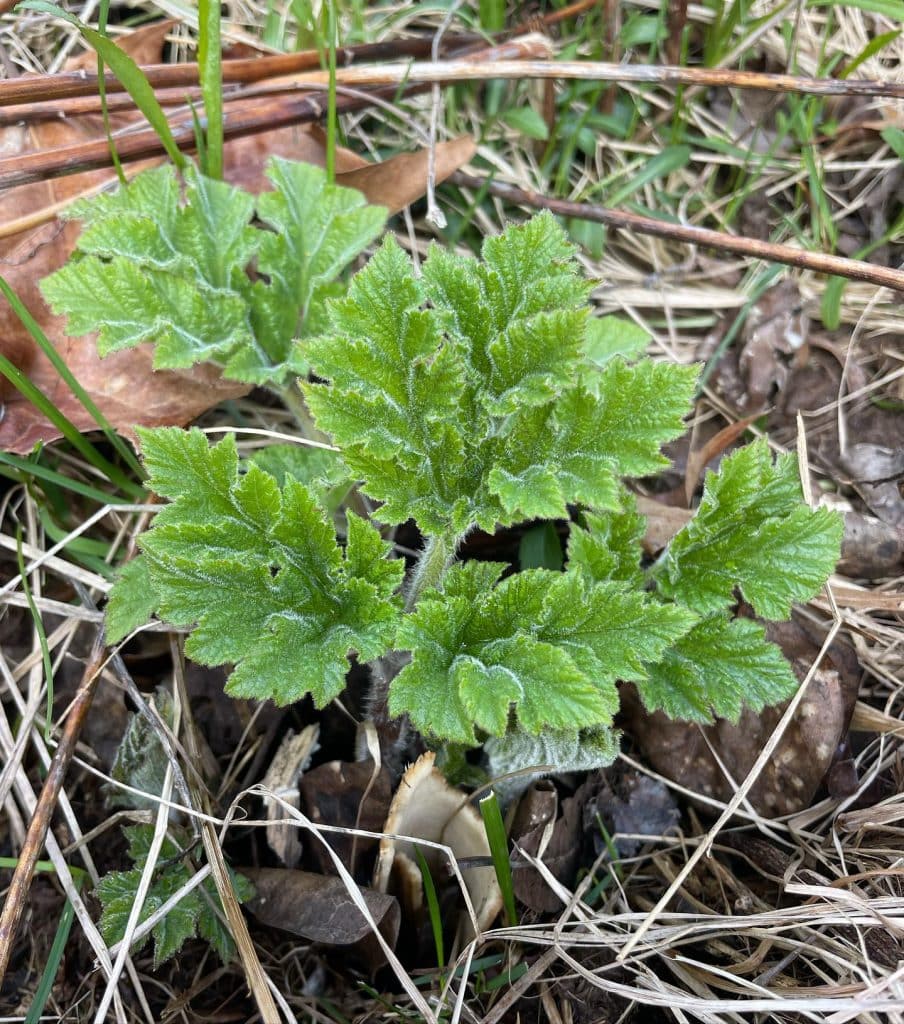
Cow Parsnip (Heracleum maximum) is a native perennial in the carrot (Apiaceae) family. Cow parsnip can be found along rivers, swamps, and forest edges. It prefers partial to full sun. Cow parsnip has 3-part, alternate, compound leaves with irregularly toothed and lobed margins. The leaves can grow to be 2 feet across at maturity. […]
Hylotelephium telephium – Stonecrop
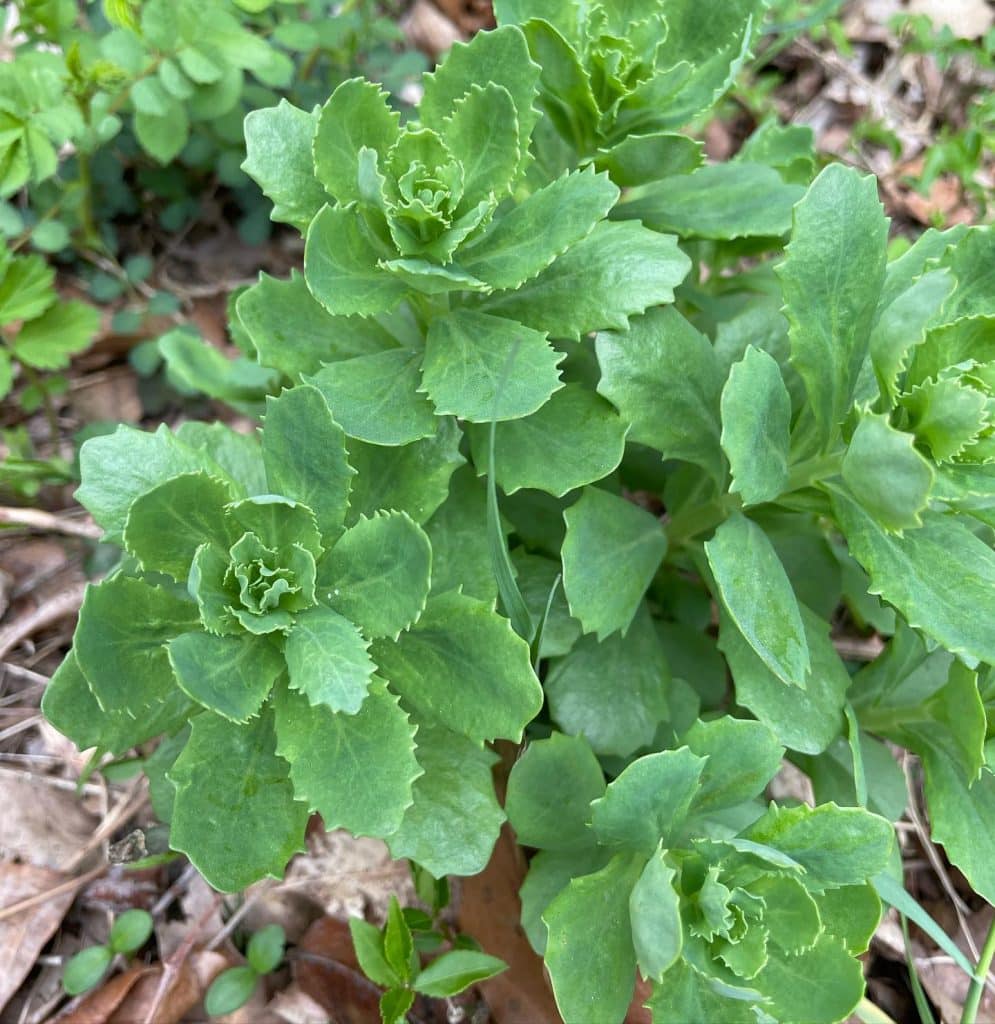
Stonecrop (Hylotelephium telephium) is an edible perennial from Eurasia that can escape cultivation and naturalize in North America. Stonecrop can be found growing wild in sunny, dry areas. It has succulent leaves and fleshy stems. The plant produces pink, star-shaped flowers from late summer to early fall. Young stonecrop leaves are edible raw or cooked. […]
Cirsium vulgare – Bull Thistle
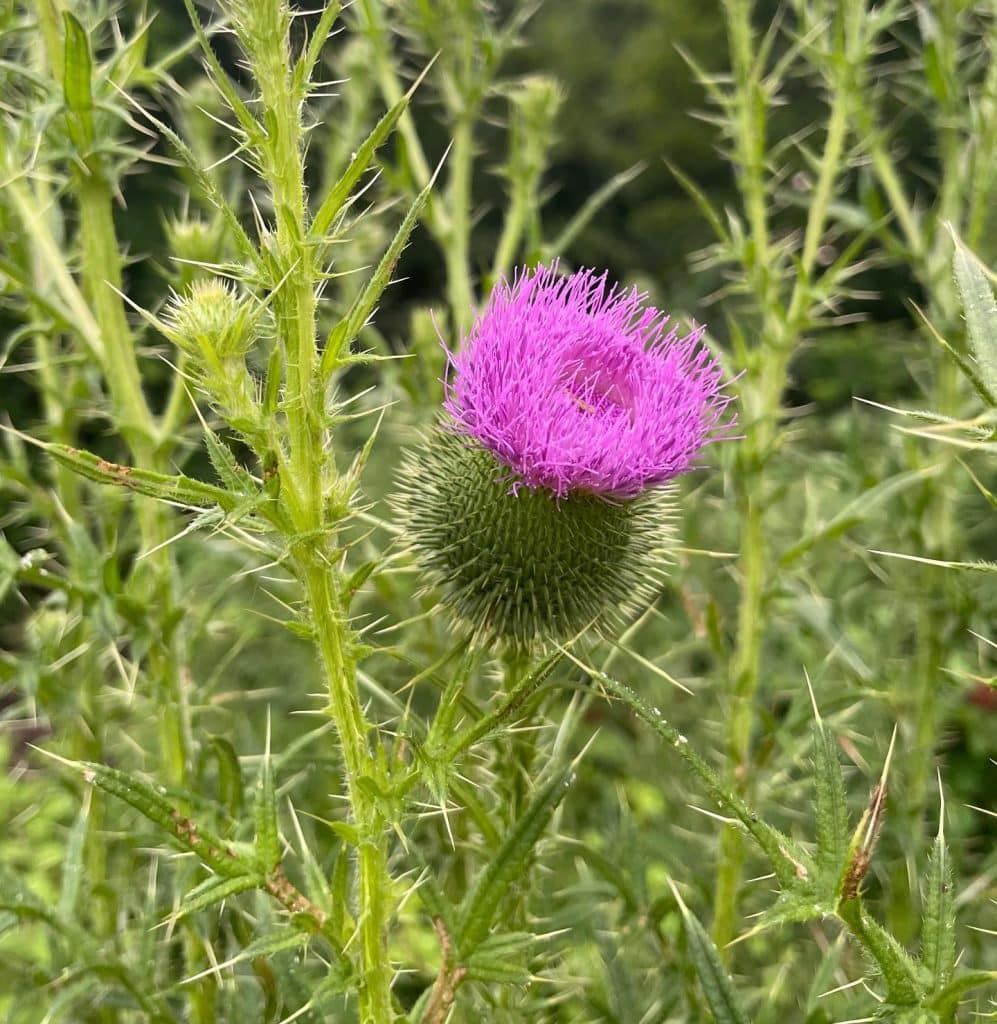
Bull Thistle (Cirsium vulgare) is an edible plant that is native to Eurasia. Bull thistle has become naturalized in North America and is now considered invasive in some areas. There are over 200 species of thistle in North America, 60 of which are native. Thistles are related to globe artichoke. They can be found in […]
